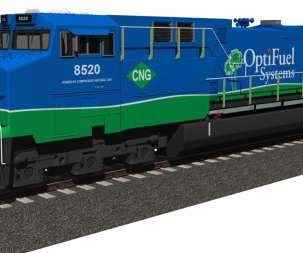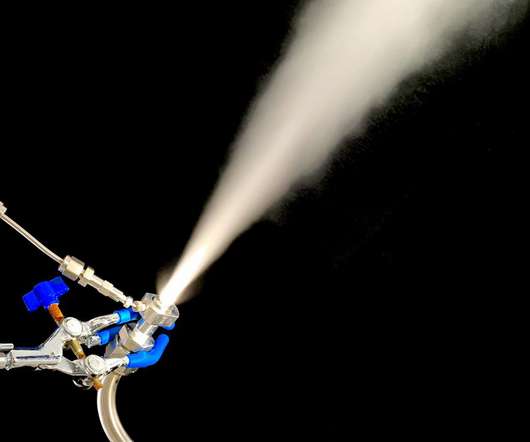ICCT finds growth in shipping in Arctic could increase pollutant emissions 150-600% by 2025 with current fuels
Green Car Congress
FEBRUARY 5, 2015
fuel for Arctic vessels assuming a low-growth scenario. While that report projected vessel activity, it did not explore the environmental impacts of increased shipping in terms of air emissions or the potential climate impacts from increases in short-lived climate pollutants such as black carbon. Source: ICCT. Click to enlarge.



















Let's personalize your content